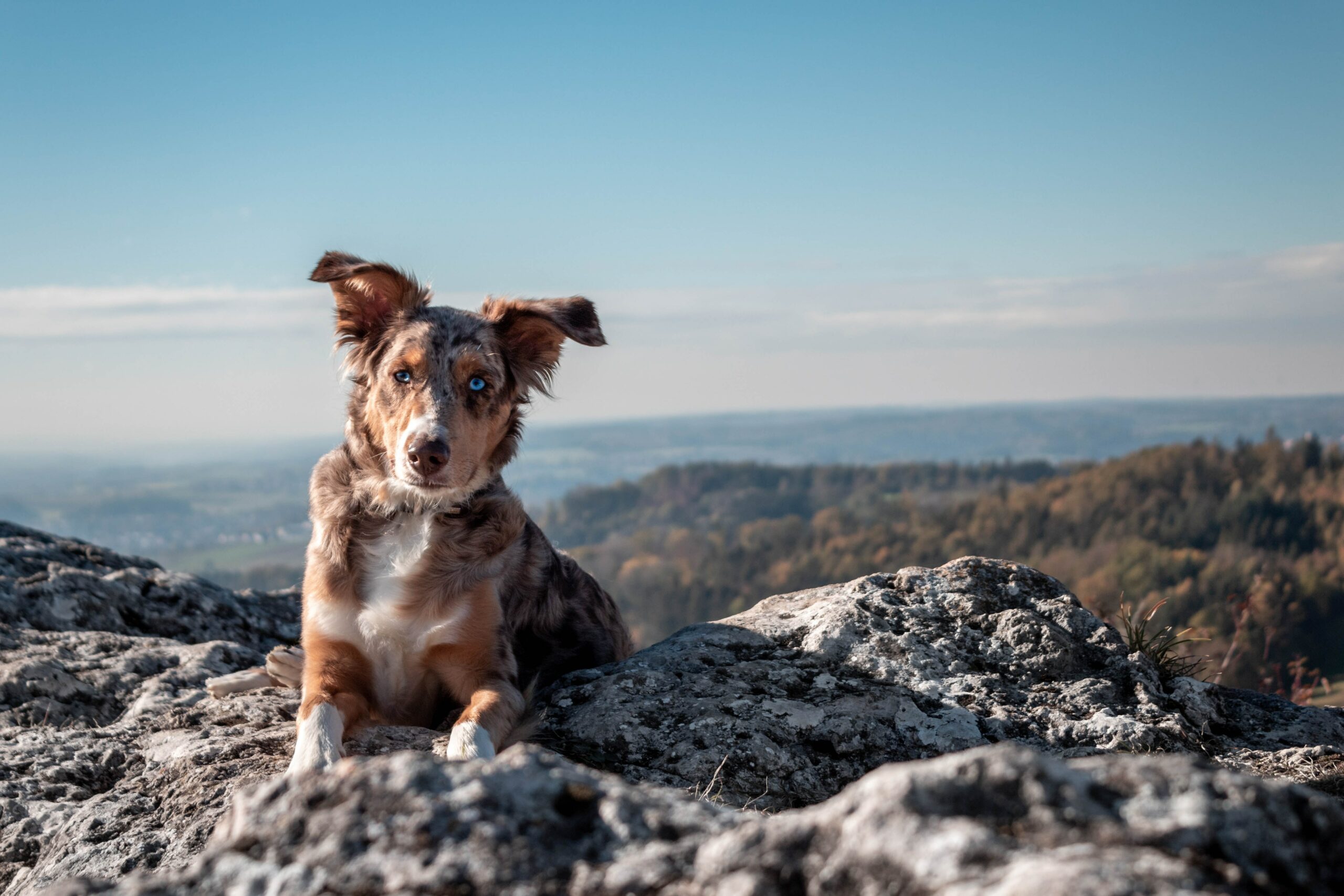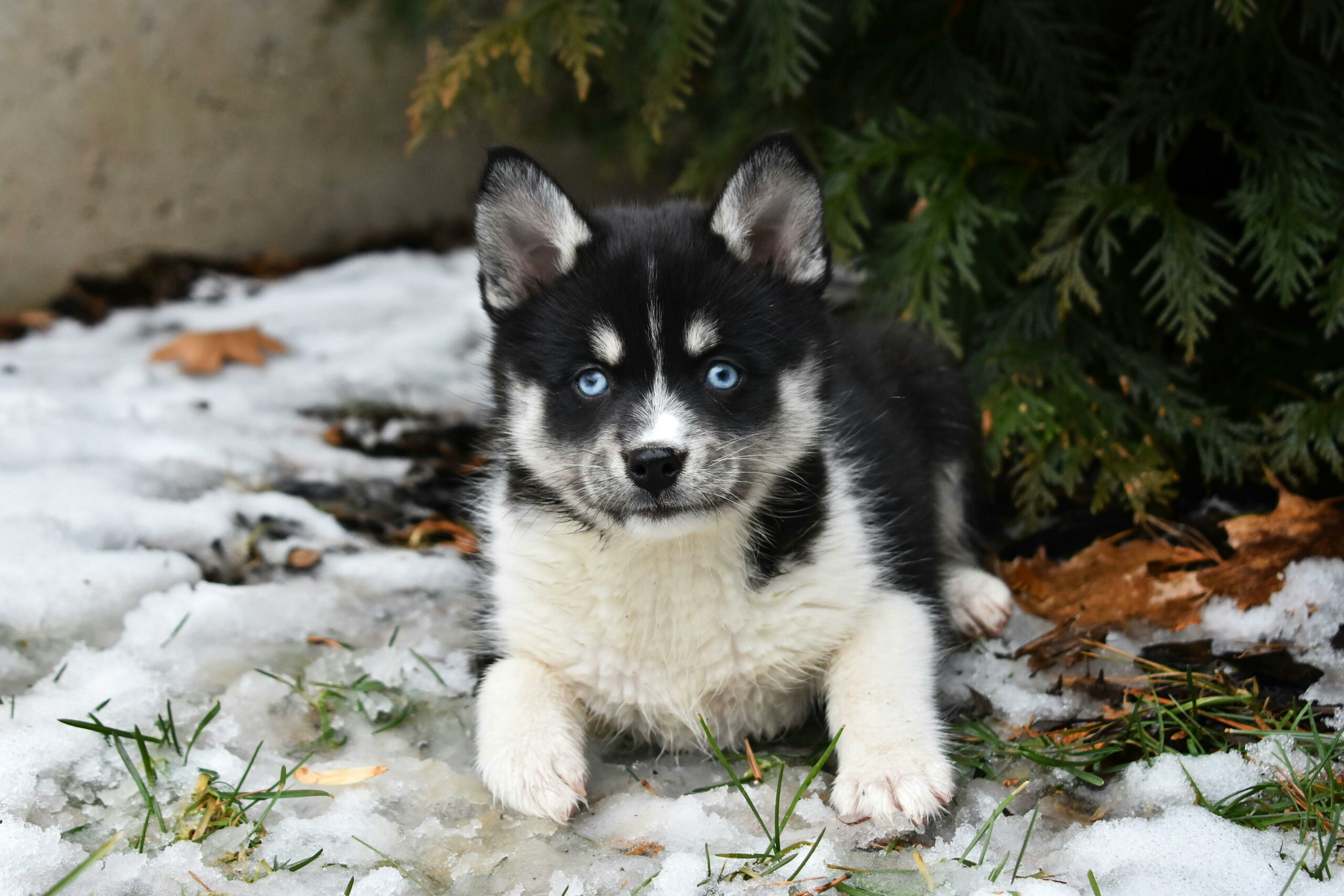Choosing a pet is an exciting decision, requiring careful consideration to ensure a lifelong partnership filled with joy and companionship. Your lifestyle, cost and breed temperament are important considerations when adopting a pet, but it’s also important to choose a pet based on your climate to ensure they will be healthy and happy.
Your location’s climate can impact your new pet’s quality of life. Some breeds thrive in colder climates, while others don’t do well in extreme heat. Climate can also affect your pet’s ability to exercise and nutritional needs. For instance, dogs in cold climates can benefit from Rawmix dog food with whole grains like brown rice, while dogs in warmer climates may need lighter proteins like Ocean Whitefish.
Understanding how climate affects various pets and breeds can help you choose the right one to ensure a happier and healthier pet-owner relationship.
Why Your Climate Matters When Choosing a Pet
Climate matters when choosing a pet for several reasons. Temperature extremes can affect your pet’s health, leading to overheating or dehydration. Pets can also suffer from seasonal allergies based on the climate and may have different nutritional needs based on where they live.
- Temperature extremes: Extreme temperatures, whether hot or cold, can lead to heat stroke or hypothermia in pets not suited to the climate, putting their lives at risk. Overexposure to high temperatures can cause cold and heat stress, impacting your pet’s well-being.
- Dehydration: Warmer climates can cause pets to become dehydrated more quickly, causing lethargy, organ strain and electrolyte imbalances, impacting their well-being.
- Overheating: Pets, especially those with thick coats, can suffer from overheating in hot climates, leading to discomfort and potential heat-related illnesses such as heat exhaustion and heatstroke.
- Seasonal allergies: Pets can experience seasonal allergies in certain climates, leading to skin irritation, itching and discomfort. Allergens like pollen, mold spores and dust mites can trigger allergic reactions in sensitive pets.
- Respiratory issues: Air quality in different climates can impact pets’ respiratory health, especially for those with pre-existing respiratory conditions. Poor air quality can worsen asthma and other respiratory problems.
- Nutrition: Climate can impact pets’ dietary needs. In colder climates, pets may require more calories to maintain body temperature. For example, dry food for dogs containing nutrient-rich ingredients such as salmon, whitefish, sorghum and oats can keep them healthy and energized. Alternatively, one of the benefits of bone broth for dogs is that it can keep pets in warmer climates hydrated to prevent dehydration.
What to Consider for Hot Climates
Hot climates present a challenge for many furry friends as they are covered with hair or fur that can trap heat, making them uncomfortable or causing a heat-related illness. To ensure you choose a pet that will be comfortable in your climate, consider the following:
- Fur length: Shorter fur lengths will help your pet to produce less heat when out in the sun. This type of fur is also better at dissipating heat. Consider animals with no hair, such as Sphynx cats, or short hair, such as Burmese or British Shorthair cats. For dogs, choose a breed like the Weimaraner or Boxer for hotter climates.
- Body build: Pets with flatter faces or shorter muzzles, such as Bulldogs or Persian cats, may have difficulty regulating body temperature and are more prone to heat-related issues. Opting for breeds with longer muzzles and more efficient cooling systems, like Greyhounds or Basenjis, can be a better choice in hot climates.
- Exercise needs: High temperatures can limit outdoor exercise opportunities, particularly during the hottest parts of the day. Look for pets with lower exercise requirements or those that can adapt to indoor exercise options. This can include cats like Ragdolls or Persians, low-energy dog breeds such as the Bulldog or Shih Tzu or smaller pets that don’t require exercise, such as mice or goldfish.
- Heat tolerance: Certain dog breeds, like the Basenji or Pharaoh Hound, have origins in hot climates and are more heat-resistant. Similarly, reptiles, such as bearded dragons or certain species of tortoises, have adaptations that allow them to thrive in high temperatures. Considering the natural heat tolerance of a pet can help ensure their comfort in hot climates.
- Grooming and hygiene: Regular grooming and hygiene practices are crucial in hot climates. This includes brushing pets to remove excess fur or matting, which can affect heat dissipation. Also, be mindful of hot surfaces like pavement, as they can burn the sensitive paw pads of your pet.
What to Consider for Colder Climates
If you live in a cold climate, select a pet that can thrive and stay cozy in chilly temperatures. Cold weather can present unique challenges for pets, including seasonal ailments, lack of outdoor activity and temperature sensitivity, but with careful consideration, you can find the perfect pet companion that embraces wintery temperatures. When choosing a cold-weather pet, consider:
- Fur length: In colder climates, pets with longer and thicker fur can provide better insulation against the cold. Breeds like Siberian Huskies, Malamutes or long-haired cats, such as Maine Coons, can handle colder temperatures more effectively.
- Body build: Pets with stockier body builds thrive in cold climates better than leaner breeds. Dogs like Bernese Mountain Dogs, Newfoundlanders or certain cat breeds, such as Chartreux, British Shorthair and Scottish Fold, have better natural insulation and are more tolerant of colder temperatures.
- Exercise needs: In colder climates, active dog breeds require regular exercise to stay healthy and mentally stimulated. Breeds like Border Collies, Australian Shepherds and German Shepherds can benefit from structured play and exercise even during colder weather. Other dogs, like the Alaskan Malamute, are made for physical activity in colder environments. These dogs were historically used for pulling heavy loads over long distances in arctic conditions, making them ideal pets in frigid temperatures.
- Cold tolerance: Breeds originating from cold regions, like the Samoyed or Norwegian Forest Cat, have adapted to withstand freezing temperatures. However, pets originating from warmer climates may not be as well-adapted to colder conditions. Breeds like the Mexican Hairless Dog, which have minimal or no fur, lack the natural insulation needed to tolerate colder weather comfortably and may struggle in colder climates due to their size and thin coat.
- Winter grooming: Regular grooming is still necessary in colder climates, but be cautious not to trim your pet’s fur too short during winter. The longer coat provides added protection from the cold and some pets, like the American Eskimo, develop a thicker winter coat that should not be shaved.
Resources for Choosing Your Pet Based on Climate
The well-being and happiness of your future companion depend on finding a pet that can comfortably adapt to your region’s weather conditions. Numerous resources can guide you in making the right choice, including:
- Online pet guides: Websites and online pet guides are excellent sources of information about different pet breeds and species suitable for various climates. These resources often detail pets’ temperature tolerance, humidity requirements, coat considerations and other factors relevant to your environment.
- Online pet forums: Engage with online pet communities where experienced pet owners can share their knowledge about pets and climate considerations.
- Local veterinarians: Your local veterinarian can be a great resource for advice on choosing a pet that suits your climate. They have firsthand experience with your area’s common pet breeds and species and can provide insights into their adaptability to the local climate.
- Animal shelters and rescue organizations: Local animal shelters and rescue organizations are familiar with the needs and behaviors of pets available for adoption. They can offer guidance on selecting a pet that matches your climate and lifestyle.
- Pet breeders: Reputable pet breeders can provide detailed information about the breeds they specialize in, including how well they adapt to different climates. Choose ethical breeders who prioritize the health and well-being of their animals.
Find the Right Pet for Your Location
Choosing the perfect pet that suits your location is essential for their well-being and happiness. Whether you reside in a bustling city or a serene countryside, considering factors like space, lifestyle and available resources is crucial. However, climate is one of the most important considerations when selecting an animal companion. By factoring in temperature extremes, you can ensure your pet is comfortable and thrives in their new home.
photo cred: sara-kurfess-3uqfNTk_R1c-unsplash
Did you find this city dog content helpful? Share it with a friend or link it to social media. Enjoy short clips of silly dogs? Best dog training videos? Holistic puppy training tips? Follow us on instagram @nydognanny or on YouTube at nydognanny. Have some news you needs to get to dog and cat parents stat? Email info@newyorkdognanny.com with your article pitch.




